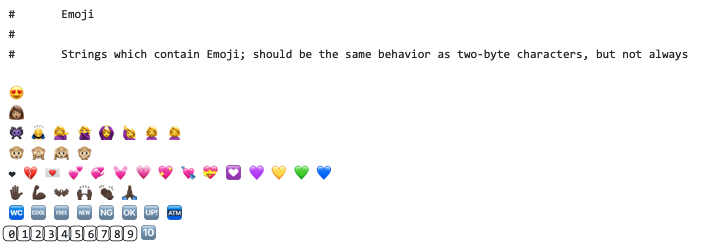A very quick Codeigniter tip this week which will hopefully save you hours of tearing your hair out.
As you can see from the image above I have been writing a command line function and was getting the following error:
The controller/method pair you requested was not found.
This was incredibly confusing as the name I was giving on the command line matched that on the controller – or so I thought. What I actually had in the controller was this:
class kanboard extends CI_Controller {
Turns out that Codeigniter3 expects controller names to have leading caps so changing the … Read the rest





